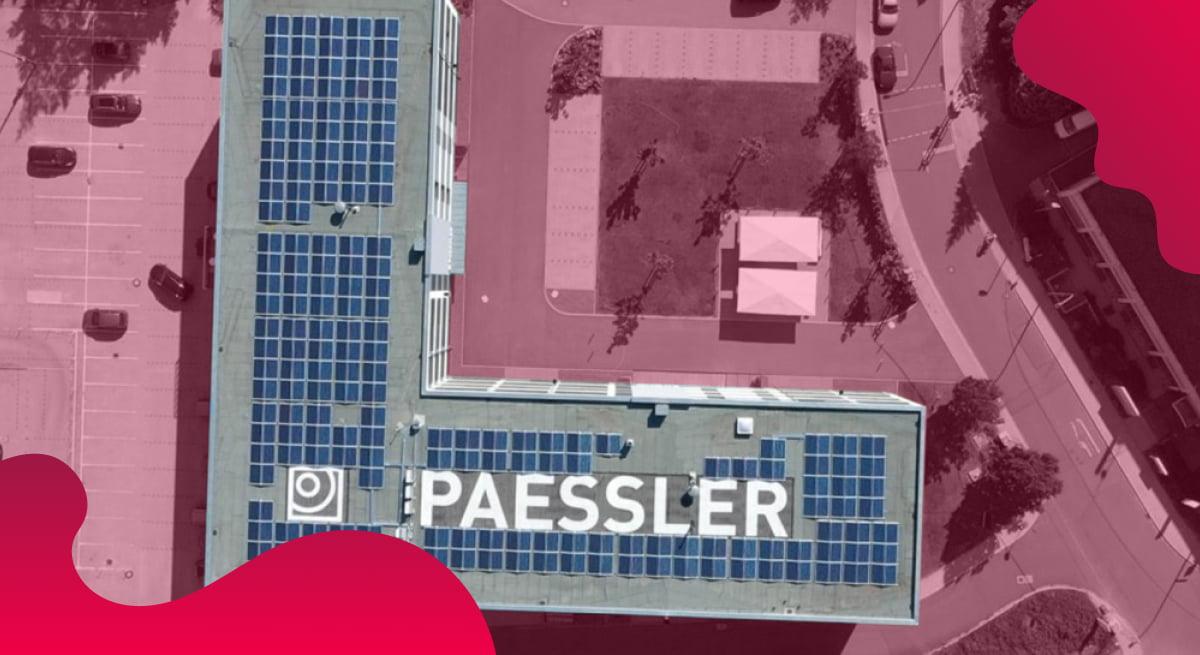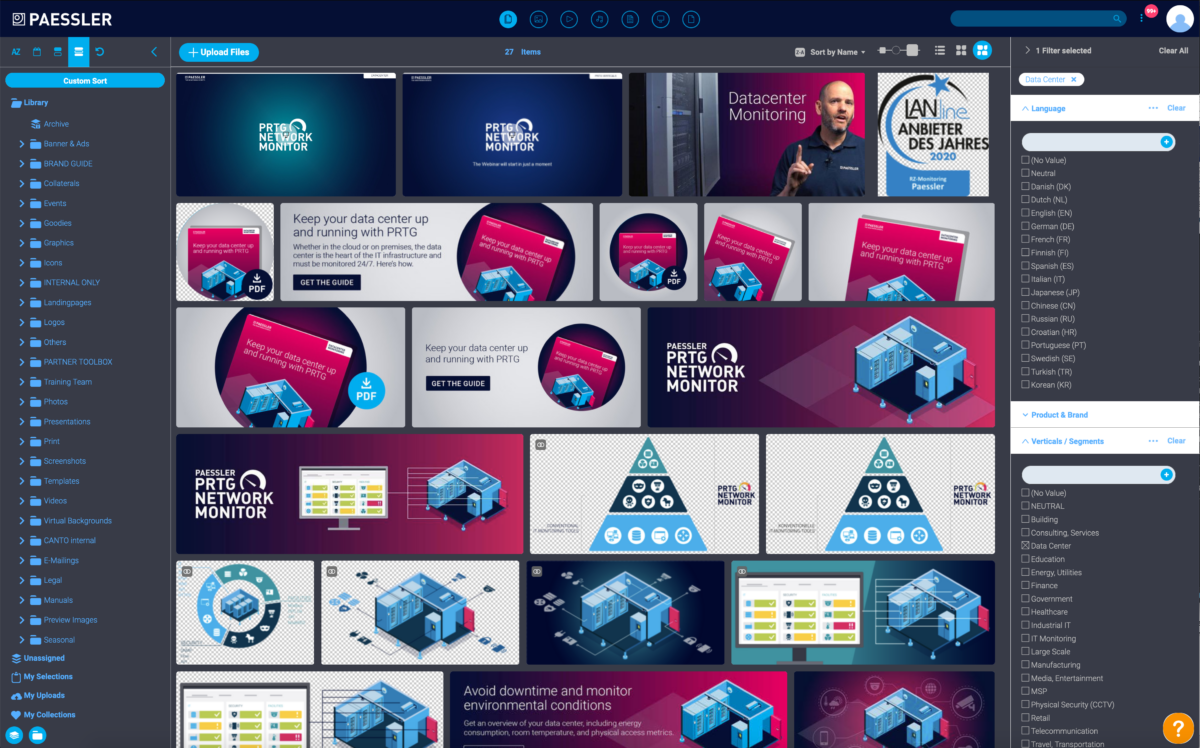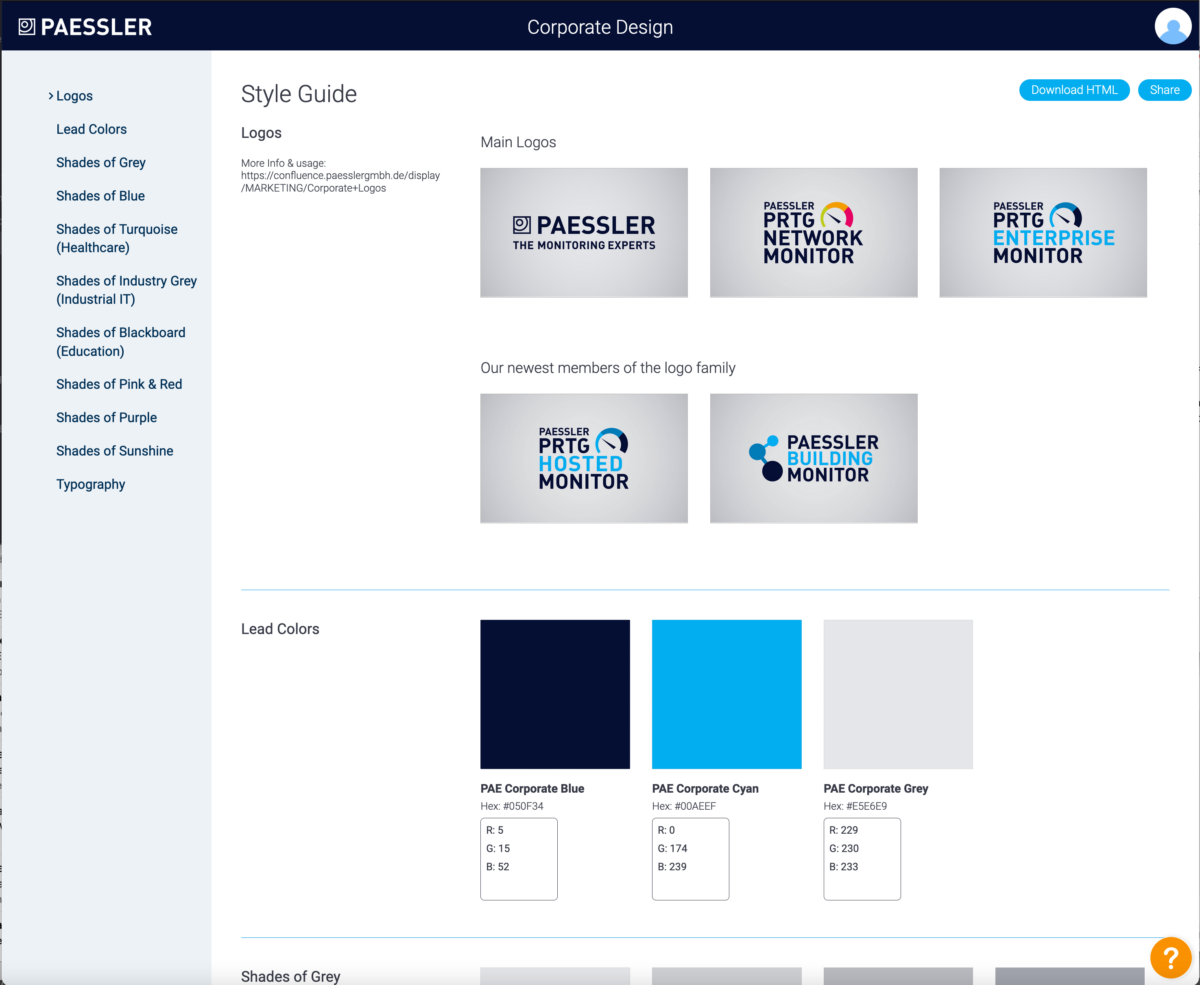This is how Paessler works with Canto

No two companies are alike. That’s why in this section, we present how Canto is implemented in different industries and situations. This time we spoke with Ariane Wolff, team manager for visual communications.
What’s your job at Paessler?
For 11 years, I’ve been working at Paessler AG in marketing, and I head the visual communications team. My team oversees public image along the entire customer journey, so everything the customer sees from us in any form.
How did the topic of digital asset management come up at Paessler?
For some time, we had wanted to centralize our content and introduce a digital asset management system. However, the demand at the company wasn’t big enough before to actually introduce a program to do it.
In the past, we returned created materials to the customer by e-mail, via the server or in Confluence. The result was that the files were saved in the quick access folder and ultimately outdated versions were used.
Then, with the strong international growth, more and more people needed access to the assets from different locations. It was crucial for us to be able to ensure, with a minimum of time and effort, that really everyone is using most current versions of our assets. A digital asset management system puts the control in the team’s hands: We can see what we’ve already created and update it if necessary.
Why did you end up going with Canto?
At first, we did our research internally, asking potential users from various departments what their needs were. We also incorporated the perspectives of our partners to which we also provide marketing materials.
Based on their answers, we came up with catalog of requirements with all the topics that were important to us. For example, considering what we might need in the future, the topic of scalability was important to us. We then looked for an established company whose experience we could benefit from. Internationalism was also a factor.
In total, there were six main categories we used to rate all the applications. One aspect here was full-text searches, which is decisive for us, since we have a lot of documents e.g., presentations and PDFs.
How did the introduction go?
There was an on-site meeting with Stephan Kühnel from Canto. We prepared as much as possible ahead of time for the workshop. Representatives from both the contributor and user side took part in the workshop. It all went off without a hitch since we were well prepared, and Stephan was able to set up a great deal right on site. This enabled us to launch Canto very quickly.
We then introduced Canto gradually. Colleagues who were present at the interviews were in the first group. We then rolled it out to the sales department which was already anxiously awaiting it. We then continued, department by department, until finally everyone had gotten access.

Which departments and colleagues use Canto at your company?
From the admin perspective, Canto is mainly used by the graphics team and the video team. That means we make assets available, we upload assets and use them ourselves, for example, to be able to download icons for work.
The other user side primarily consists of sales and regional marketing. We make a sub-section available to our partners via a partner portal.
Every new colleague gets an onboarding for Canto. That’s how we ensure that they get an introduction to Canto and corporate design. Canto helps us with faster onboarding of new colleagues since all the documents are clearly stored there. And we’re sure that the right logos and colors are used. This means we get fewer questions about where to find something specific. A nice effect: the new colleagues are usually very impressed with our collection of material.
Is there feedback about using Canto?
Internally, the feedback was consistently positive. Canto is very well received by the users. They’re all grateful to have a system like this. I also get very positive feedback from new colleagues. Many of them didn’t have a digital asset management system at their former companies and are thrilled with the centralized file selection.

So, what does a typical workflow look like there? Where do the files come from?
We upload everything we create to Canto and then share a link to the assets with the customer. We save everything we produce, in addition to everything you need for everyday work. As such, among other things, we have a large number of presentations that we use for events, webinars or customer-specific demos, for example.
We provide already produced content to other colleagues via Canto. For example, when a colleague from Guatemala has created a presentation on a certain topic which could also be interesting for another region, you can simply download the file from Canto, translate it, and then go using it. This saves us work since there are fewer correction loops.
Do you have a favorite Canto feature? Why?
I think the brand portal is really handy. I use it daily.
With the thumbnails, we can directly see how our brand and color scheme looks. You can also quickly recognize what’s behind an asset.
Reporting is also really helpful for understanding which assets are used or how often they are downloaded. Once a year, I write an internal newsletter with all the new Canto features that everyone should know. In the newsletter, you’ll also find the top 10 downloads or an overview of the number of assets we save in Canto. It’s incredible when you imagine just how much we’ve already produced.
In the future, I would like to use the “My collection” feature more.